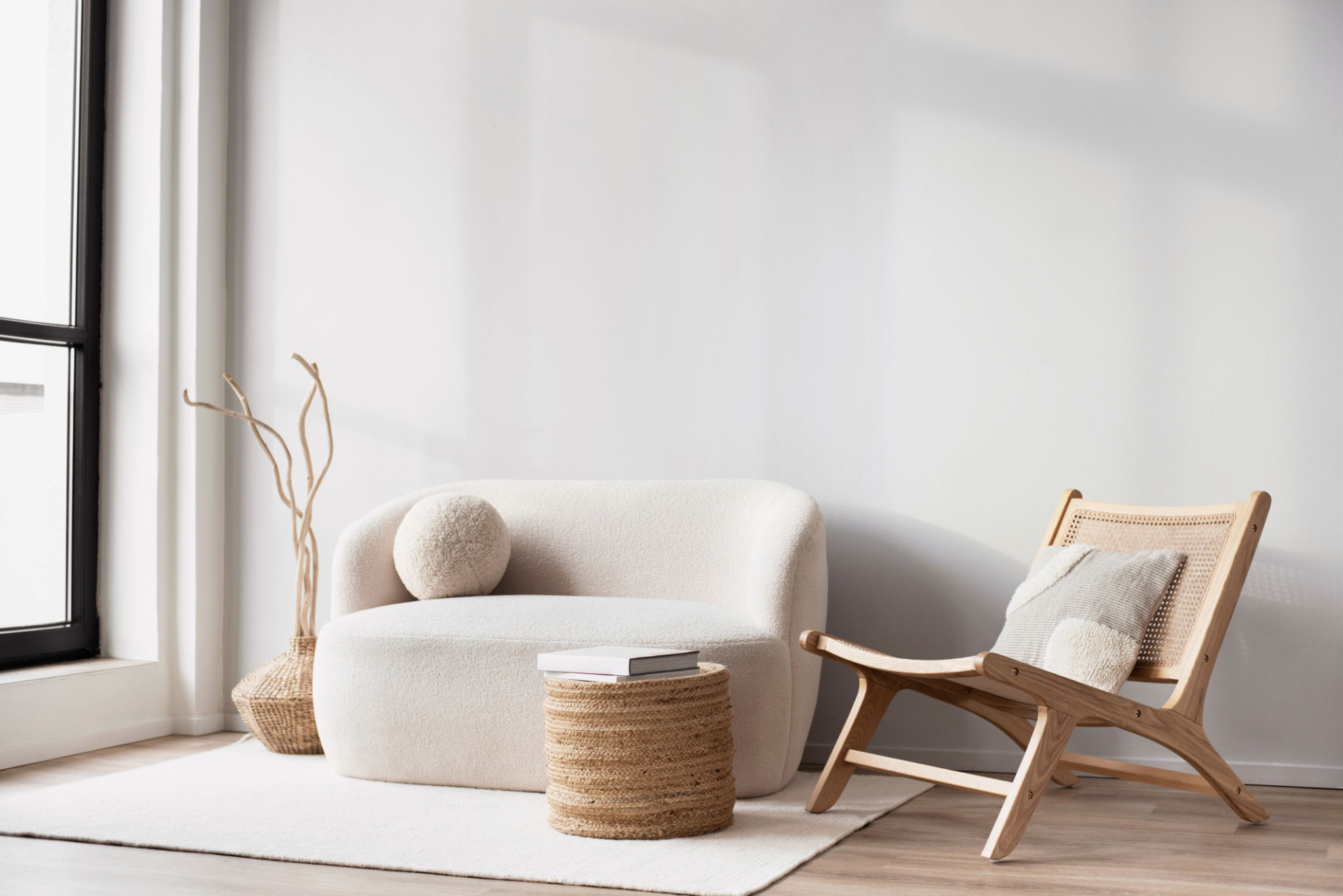Comparing Modern and Traditional Design Styles: Which Suits You Best?
Understanding Modern Design
Modern design, often synonymous with minimalism, emphasizes simplicity and function. It emerged in the early to mid-20th century and is characterized by clean lines, a neutral color palette, and the use of materials like glass, steel, and concrete. This style often incorporates open spaces and aims to create an environment free of clutter.
Key elements of modern design include a focus on geometric shapes, sleek furnishings, and an interplay between form and function. The aesthetic is often described as "less is more," with an emphasis on creating a sense of openness and calm. This style suits those who prefer a streamlined and uncluttered environment.

Exploring Traditional Design
Traditional design, on the other hand, is rich in history and often incorporates elements from various historical periods. It is characterized by ornate details, classic furnishings, and a warm color palette. This style embraces symmetry and often includes elements like wood paneling, antique furniture, and elaborate patterns.
With roots in European decor, traditional design features a sense of formality and elegance. It creates spaces that feel cozy and inviting while maintaining a sense of grandeur. This style is perfect for those who appreciate the charm of historical elements and enjoy a more layered aesthetic.

Key Differences Between Modern and Traditional Styles
While both styles have their own unique appeal, they differ significantly in execution. Modern design prioritizes functionality and simplicity, favoring a minimalist approach. In contrast, traditional design leans towards ornateness and complexity, with a focus on decorative elements.
Color schemes also mark a distinction; modern design often employs a neutral palette with occasional bold accents, whereas traditional design embraces rich, warm hues. Additionally, the choice of materials varies, with modern favoring industrial elements like metal and glass, while traditional design opts for natural materials such as wood and stone.

Which Style Suits Your Personal Taste?
Choosing between modern and traditional design ultimately depends on personal taste and lifestyle. If you value simplicity, open spaces, and a contemporary feel, modern design might be your ideal choice. Its uncluttered approach can create a serene environment conducive to relaxation.
Conversely, if you enjoy classic elegance and the comfort of a cozy atmosphere filled with history, traditional design could be more appealing. Its rich textures and intricate details offer warmth and character to any space.
Combining Elements of Both Styles
For those who find themselves drawn to both styles, mixing elements from modern and traditional design can create a harmonious balance. This approach is often referred to as "transitional" design. It allows for the sleekness of modern pieces to be combined with the warmth of traditional elements.
To achieve this balance, consider blending modern furniture with traditional accessories or vice versa. The key is to maintain a cohesive color scheme while allowing individual pieces to stand out and complement each other.

Final Thoughts
Ultimately, whether you lean towards modern or traditional design—or a mix of both—your space should reflect your personality and lifestyle. Consider your preferences in terms of aesthetics, functionality, and comfort before making a decision.
No matter which style you choose, remember that the best designs are those that make you feel at home. Personal touches can always be incorporated to ensure that your living space is uniquely yours.
